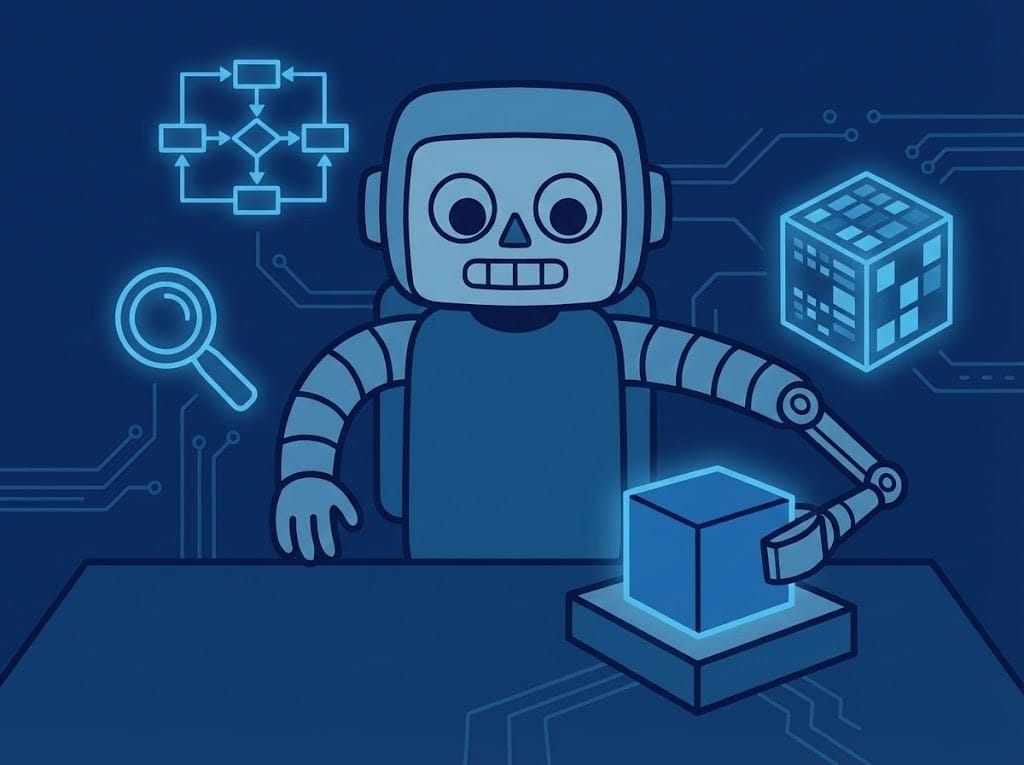AI Chatbot Conversations Archive

The LMSYS-Chat-1M dataset exposed the sheer scale of modern chatbot interactions, 1 million real-world conversations from 210,000 unique users with state-of-the-art language models. This revelation is a window into the massive infrastructure quietly recording every exchange between humans and AI systems worldwide.
Behind every chatbot interaction lies an archive; a comprehensive record of messages, metadata, tool calls, and context that serves as the source of truth for each user-bot exchange. These archives power everything from product improvements and safety monitoring to regulatory compliance, yet few understand what's actually being stored, how it's structured, or why it matters for the future of conversational AI.
What Actually Lives in a Chatbot Archive
Modern chatbot archives are far more than simple conversation logs. They're event-sourced systems capturing every aspect of an interaction in meticulous detail.
At the core, each archive entry contains message exchanges between users and bots, but that's just the beginning. Tool calls, when a chatbot invokes external functions or APIs, are recorded with their arguments and results. Model metadata tracks which AI version responded, along with critical technical details like token usage, response latency, and provider request IDs.
Privacy overlays add another layer of complexity. Archives maintain Personally Identifiable Information tags that mark sensitive data, alongside redaction maps showing what information has been masked or removed. Retention policies dictate how long each piece of data can be stored, with different rules for different data types and jurisdictions.
The technical infrastructure supporting these archives includes:
- Trace IDs linking related interactions
- Nested spans for debugging complex multi-step operations
- Detailed metrics capturing every millisecond of processing time
This granular tracking enables developers to reproduce exact conversation states and debug issues that might have occurred weeks or months ago.
Storage itself is typically split into hot and cold layers. Hot storage keeps recent conversations readily accessible for live features and immediate analysis. Cold storage, often using formats like Parquet or Delta Lake, archives older conversations for long-term analytics and compliance requirements.
From Bespoke Logs to Standardized Telemetry
The chatbot archiving landscape is undergoing a fundamental transformation. Where companies once built custom logging solutions, the industry is rapidly converging on standardized telemetry.
This shift creates portable, vendor-neutral archives that can move between platforms without losing critical metadata. OpenTelemetry's GenAI semantic conventions define exactly how to capture model interactions, ensuring consistency whether you're using OpenAI, Anthropic, or open-source models.
Observability platforms have matured significantly, offering capabilities that were impossible just two years ago. Modern platforms like PromptLayer now provide enterprise-grade conversation archiving with advanced features like semantic search across historical interactions, automated quality scoring, and compliance-ready retention policies. The emerging industry standard of 30-90 day hot storage with long-term cold archival reflects a pragmatic balance: keep recent conversations instantly accessible for debugging and analysis, while maintaining complete historical records for compliance and trend analysis at a fraction of the cost.
This standardization extends beyond just storage formats. It encompasses how events are structured, how traces link together, and how metadata gets attached to conversations.
Why Companies Actually Archive These Conversations
The business case for comprehensive conversation archives extends far beyond simple record-keeping:
- Product analytics: Teams mine archives to understand user behavior patterns, identify funnel drop-offs, track topic trends, and measure satisfaction scores in ways that would be impossible without detailed conversation data.
- Model evaluation and regression testing: By exporting traces from real conversations, teams create labeled datasets that capture actual user needs and edge cases. These datasets become invaluable for testing new model versions or prompt strategies against real-world scenarios.
- Safety forensics: When incidents occur, whether it's a chatbot providing harmful information or exhibiting unexpected behavior, trace IDs and moderation flags allow teams to reproduce the exact conversation state and understand what went wrong. This capability is essential for maintaining user trust and improving safety measures.
- Fine-tuning pipelines: With proper consent and privacy measures, high-quality conversation pairs can be curated from archives to train more capable and aligned models. This creates a virtuous cycle where better conversations lead to better models, which generate even more valuable training data.
- Compliance requirements: Legal holds, eDiscovery processes, and immutable audit trails all depend on comprehensive conversation records. Financial services firms operating under SEC Rule 17a-4 or healthcare organizations dealing with HIPAA have specific retention and accessibility requirements that modern archive systems must support.
The Privacy & Compliance Reality
The tension between comprehensive archiving and privacy rights creates one of the most challenging aspects of conversation storage. GDPR's "right to erasure" directly conflicts with immutable compliance requirements, forcing organizations to implement sophisticated technical solutions.
Modern privacy pipelines employ tools to detect and handle PII before it enters long-term storage. These systems identify sensitive information ranging from obvious items like credit card numbers to more subtle personal details embedded in conversational context.
For financial services, SEC Rule 17a-4 and FINRA regulations require specific retention periods and storage methods. The 2023 amendments introduced flexibility, allowing either traditional WORM (Write Once, Read Many) storage or audit-trail alternatives. This shift recognizes that modern cloud architectures can provide equivalent compliance guarantees without the operational constraints of physical immutability.
Recent policy changes highlight the evolving landscape. OpenAI's temporary litigation hold, which required retaining deleted consumer chats, ended in September 2025. Meanwhile, Anthropic's updated policy allows the company to use consumer chat data for training unless users explicitly opt out, with potential retention periods extending up to five years.
The Provider Policy Divide
A stark divide exists between consumer and enterprise tiers when it comes to data retention and usage. Consumer tier services from OpenAI and Anthropic typically retain conversations for extended periods and may use them for model training, though opt-out mechanisms exist.
In contrast, enterprise and API tiers offer zero-retention contracts and isolation guarantees. These agreements ensure that business-critical conversations remain entirely under the customer's control, never entering the provider's training pipelines or long-term storage.
This creates what industry insiders call the "line of control", the boundary between what providers manage and what remains the customer's archival responsibility. Everything built on top of base APIs, including conversation flows, tool integrations, and business logic, falls squarely within the customer's domain.
The Archive Imperative
Conversation archives have evolved from optional nice-to-haves into critical infrastructure for AI applications. They power evaluation pipelines, enable compliance with complex regulations, and provide the product intelligence necessary to build better conversational experiences.
The central challenge remains balancing user privacy rights with business and legal retention need*. As the regulatory landscape continues to evolve and user awareness of data practices grows, organizations must build archives that are simultaneously comprehensive enough for business needs and respectful enough of user privacy to maintain trust.
The organizations that master this balance, building archives that are technically robust, legally compliant, and ethically sound, will have a significant advantage in the conversational AI landscape. They'll be able to iterate faster, demonstrate compliance more easily, and build on a foundation of real user insights rather than assumptions.



